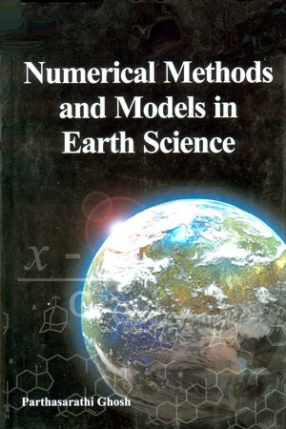Understanding earth systems and its dynamic behaviour requires objective insights into the complex observational data sets and their interrelationships. Drawing meaningful inferences from such data is not always an easy task as the deterministic relationships between various geological variables often remain obscured. These interrelationships need to be determined empirically through the analysis of a large set of data and validated through numerical simulations. The ever widening horizon of techniques of numerical analysis and simulation now provides a good number of tools to aid the interpretation. However, due to the inherent complexity of earth science data, expert supervision is required at all stages of analysis from collection to dissemination. This ensures that the most appropriate methodology is adopted and the results remain consistent with the geological principles. Discussions on these practical issues often lie beyond the scope of textbooks and this is precisely where this book is placed.
In this book eminent geoscientists present their experiences in analyzing and managing earth science data as well as in designing numerical models to simulate earth processes. Apart from giving a discourse of their own approach towards a particular research problem they also discuss at length the relative merits of alternative methodologies. These seven authoritative articles, richly illustrated, will be a valuable resource for research students and professionals interested in research and teaching in various branches of earth science like, tectonics, GPS geodesy, sedimentology, geographical information science and evolutionary biology.





There are no reviews yet.